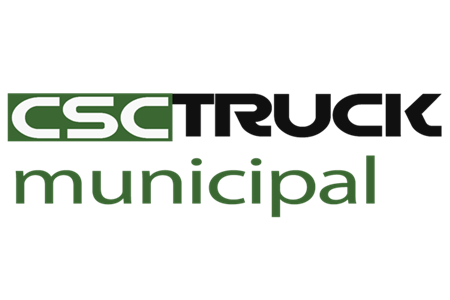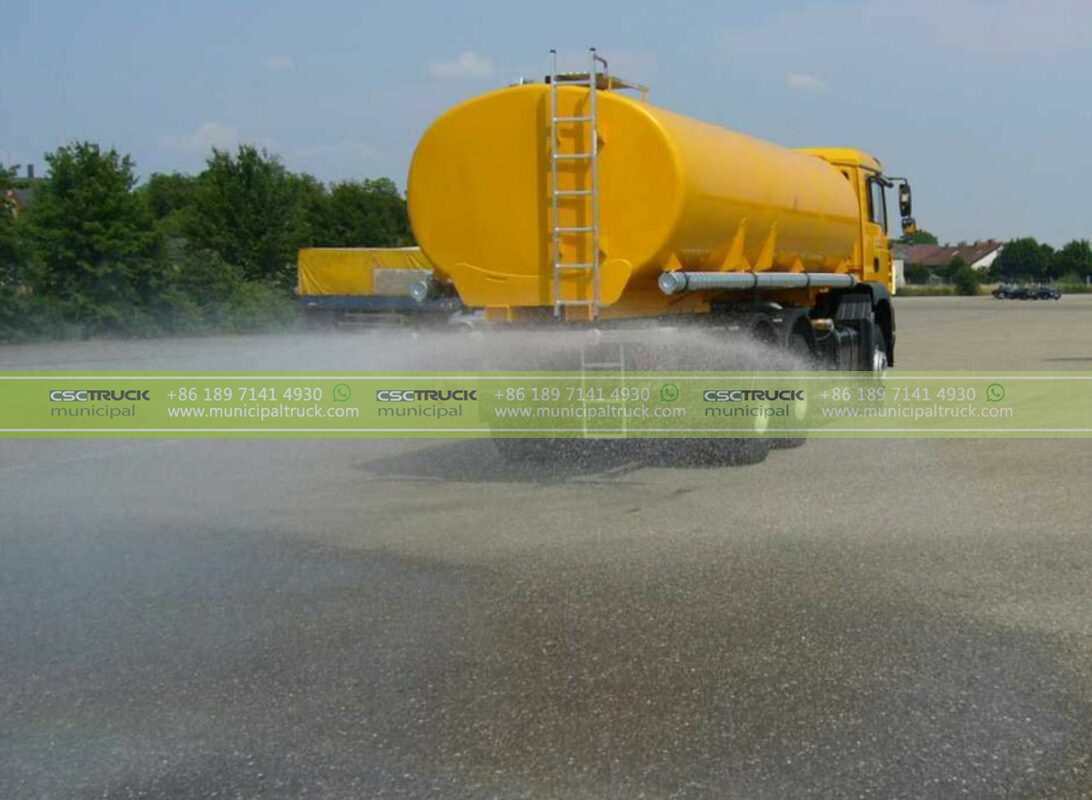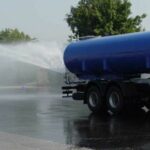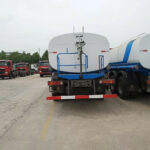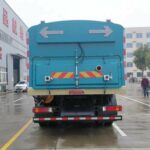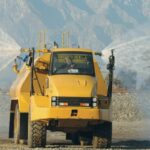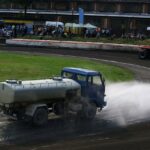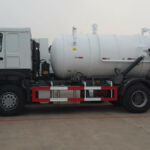In a critical enhancement to Brazil’s wildfire mitigation infrastructure, global municipal technology provider CSCTRUCK Municipal has delivered a fleet of 38 specialized high-capacity water spray trucks to the Brazilian Institute of Environment and Renewable Natural Resources (IBAMA), operating under a strategic partnership with Brazil EcoDefense Systems (BEDS), the nation’s premier environmental logistics contractor. This deployment, finalized on October 14, 2025, directly addresses the escalating threat of catastrophic wildfires across the Amazon and Cerrado biomes, where prolonged droughts and extreme heat events have exponentially increased the frequency and intensity of dry-season conflagrations. These purpose-engineered forestry suppression vehicles feature monumental 16,000-gallon water tanks and high-pressure projection systems capable of sustained firebreak saturation at distances exceeding 150 meters, providing rapid-response ground support to aerial firefighting operations while extending critical protection to isolated communities and biodiversity corridors previously inaccessible to conventional fire apparatus during the critical early stages of ignition.
Engineering Specifications: Optimized Systems for Extreme Wildfire Conditions
The CSCTRUCK spray trucks incorporate revolutionary adaptations specifically engineered for the complex operational realities of tropical forest firefighting, combining unprecedented mobility through dense terrain with pressurized delivery systems capable of penetrating deep-seated smoldering hotspots that typically reignite surface fires. Unlike standard municipal water trucks, these units integrate multi-layered survivability features enabling sustained operation within radiant heat zones exceeding 800°C – a critical capability when containing advancing fire fronts in old-growth rainforests where canopy fires propagate with devastating speed.
- Terrain-Conquering Mobility Platform: A reinforced articulated all-wheel-drive chassis with 45-degree approach/departure angles and adaptive tire pressure systems allows navigation across flooded peatlands, steep escarpments, and collapsed logging trails that immobilize conventional fire engines; integrated LiDAR terrain mapping synchronizes with satellite fire behavior models to identify optimal positioning corridors invisible to ground crews.
- High-Energy Water Projection System: Dual-stage centrifugal pump assemblies driven by 650-horsepower turbocharged engines generate industry-leading 2,400 gallons-per-minute flow rates at nozzle pressures surpassing 350 psi, enabling penetrative wetting of subsurface organic layers where residual combustion persists; remotely articulated monitors mounted on 6-meter elevating towers permit overhead soaking of canopy fuels without requiring dangerously close approach distances to active flame fronts.
- Integrated Survivability Architecture: Cabin-over-tank design features ceramic aerogel insulation and positive-pressure HEPA filtration creating survivable environments during crown fire entrapment scenarios; automated undercarriage deluge systems activate at 80°C ambient temperatures to prevent tire ignition and hydraulic failure during protracted stationary operations along firebreaks.
- Resource Optimization Intelligence: Proprietary fluid dynamics algorithms continuously adjust droplet size distribution based on infrared thermal imaging of fuel moisture deficits, maximizing water adhesion to foliage while minimizing evaporative waste; this computational approach increases effective suppression coverage by 40% compared to standard spray patterns under typical Amazon Basin humidity fluctuations during burn periods.
Operational Integration within Brazil’s Fire Management Ecosystem
Deployment of the fleet fundamentally transforms IBAMA’s ground-based suppression doctrine, enabling sustained offensive operations previously impossible within the Amazon’s remote interior during peak fire season. The spray trucks operate as mobile command nodes within integrated wildfire response grids, coordinating with drone surveillance flights and aerial tanker relays through secure mesh communication networks. Their extended on-scene endurance – 12+ hours of continuous pumping via auxiliary power units – eliminates the logistical paralysis caused by repeated water shuttle operations across ruined access roads, a critical limitation that previously allowed initial-attack fires to escalate uncontrollably during critical daylight hours. Crucially, prepositioning these assets at 18 newly constructed satellite bases along the Amazon’s “arc of deforestation” provides a 75-minute response advantage to emerging ignitions compared to central provincial depots, disrupting the fire growth curve before it reaches geometrically progressive spread phases.
Measurable Environmental and Socioeconomic Benefits
The strategic placement of CSCTRUCK’s spray fleet directly supports Brazil’s National Fire Prevention Plan targets, projecting a 30% reduction in annual burned area across priority conservation units based on modeled early suppression efficacy. Beyond immediate fire damage mitigation, the technology delivers cascading ecological benefits: preserving carbon sequestration capacity in primary forests where ground fires trigger massive CO2 release, protecting watershed integrity through reduced post-fire erosion contamination of fluvial systems supplying indigenous territories, and maintaining microclimate stability within endangered species refugia vulnerable to canopy destruction. For vulnerable rural municipalities, the presence of these rapid-response assets reduces economic disruption from preventive evacuations by enabling targeted structural protection zones around settlements – IBAMA estimates the fleet’s community shielding capability will safeguard agricultural livelihoods affecting 240,000 residents along the forest-agriculture interface where fire incursions most frequently escalate into humanitarian crises during August-December burn periods.
Strategic Partnership and Future Resilience Planning
The collaboration between CSCTRUCK Municipal and Brazil EcoDefense Systems establishes a replicable technology transfer framework for tropical fire management, combining international engineering expertise with hyperlocal operational knowledge. Training academies established in Manaus and Cuiabá have certified 142 Brazilian technicians on advanced maintenance protocols, creating permanent regional expertise hubs supporting fleet sustainability beyond the initial seven-year service agreement. Performance data from the spray trucks’ telematics – including fuel efficiency under load, component stress during extreme maneuvers, and suppression effectiveness metrics – now feeds IBAMA’s next-generation Fire Behavior Prediction Laboratory, refining computational models of fuel moisture thresholds and fire spread vectors under climate change scenarios. This intelligence directly informs Phase Two procurement strategies for specialized vehicles, including amphibious marsh units for Pantanal wetlands protection and hybrid-electric sewage truck conversions adapted for water shuttle support roles during basin-wide fire emergencies – expansions already under evaluation through CSCTRUCK and BEDS’ ongoing partnership framework supporting Brazil’s evolving environmental security requirements.
